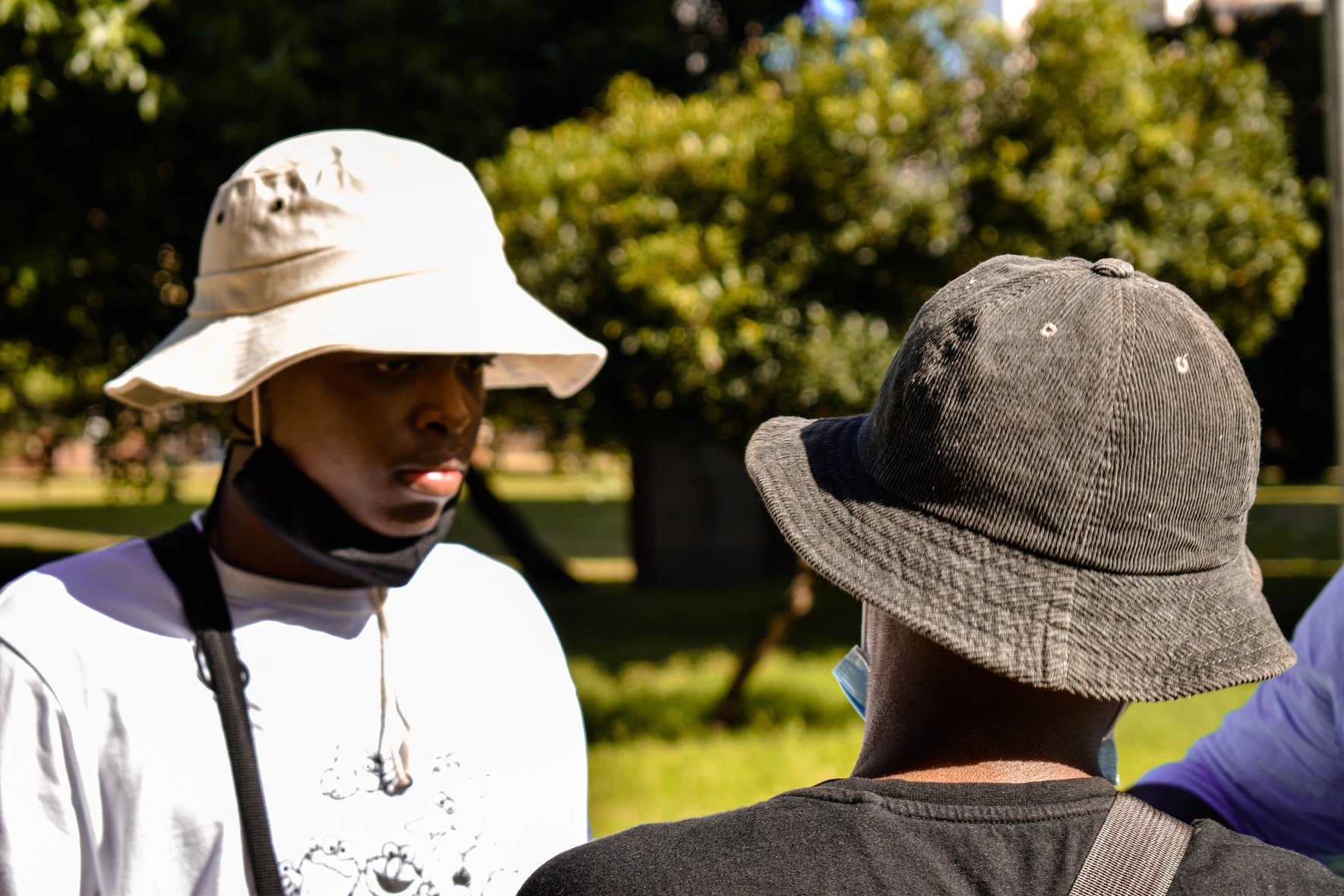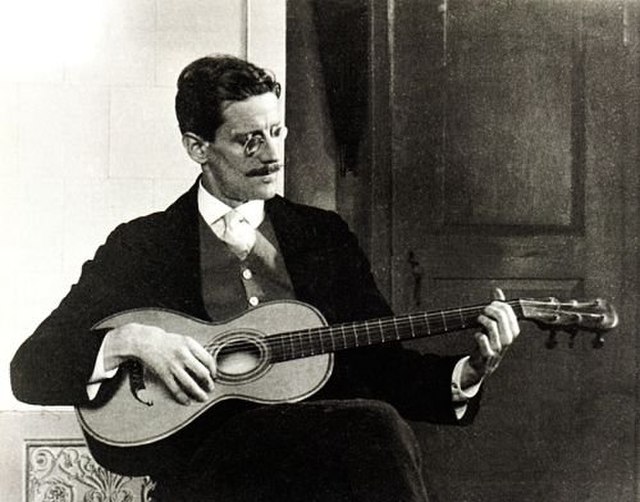A Simple Guide to Gender-Neutral Languages Around The World

Unsplash: LY Ngema
Pronouns are common in many languages. Some languages have gendered pronouns, while others have genderless pronouns. These labels are not just random labels, because they are identities that help you learn and understand the gender and sexual orientation of the person.
Many of us are aware of the English binary pronouns such as he/him and she/her. We even use them daily like when talking about ourselves, talking about our friends, and when talking about people in general. But what if you don’t identify with any of these binary pronouns? Well, that is totally okay because you can use gender-neutral pronouns.
Gender-neutral pronouns like they/them are pronouns that don’t specify the gender of the person. These identifiers express inclusivity and diversity; they also validate the experiences and identity of the person. Therefore, gender-neutral pronouns are actually very personal and powerful.
Gender-neutral or gender inclusive English pronouns are not new, and they aren't popular for the sake of being trendy. In a 14th century French poem called William the Werewolf, the singular pronoun they was first used as a gender neutral pronoun. In addition, several prolific literary authors have used they to describe someone, like in Chaucer’s The Canterbury Tales and Shakespeare’s Hamlet. Jane Austen also used the pronouns they and them in her classic novel Pride and Prejudice. Although for some, the use of the pronouns they and them were not gender neutral specific, they still provided a means of describing a person.
Gender is present in many languages. In fact, linguists even classify languages into three categories based on how they use gender: grammatical gender, natural gender, and genderless languages.
In grammatical gender languages like Spanish and French, every noun has a grammatical gender (mascline and feminine) and the adjectives accompanying the words match the recognized gender. For example: la luna es bonita (the moon is pretty) is feminine in Spanish, because la luna (the moon) is feminine, so bonita (pretty) must also be feminine. In French, le soleil est chaud (the sun is hot) is masculine, because le soleil (the sun) is masculine so chaud (hot) must be in its masculine form which is spelled as chaud (masculine) instead of chaude (feminine).
In natural gender languages like English, the gender of the actual individual is referred to (she/her and he/him) but none of the other nouns are categorized for gender. Yet, there are particular English nouns that are related to natural gender, just think of terms like waiter/waitress, actor/actress, and janitor/janitress.
In genderless languages like Tagalog, pronouns do not have a classified gender. For example, the pronoun siya (she/her, he/him, they/them) can be used to refer to anyone regardless of gender. The word anak (child) can also be used to refer to a son or daughter. However, the language also has words that indicate gender just like lolo (grandfather) and lola (grandmother).
We know that language is diverse. They have their own distinctions and classifications, reminding us that language is a spectrum. And that we can use language to express the diversity of our growing society, especially in recognizing gender neutral and gender inclusive communities, pronouns, and genderless languages.
Armenian
Armenian is an Indo-european language spoken throughout Armenia and the Armenian communities around the world. The language uses its own Armenian writing system that was introduced in 405 AD by Mesrop Mashtos.
Pronouns and nouns in Armenian do not have a grammatical gender. Its third person pronoun նա(na) is used to refer to both he and she and the նրանք (nranq) refers to the English pronoun “they.”
Tagalog
Tagalog is one of the languages spoken in the Philippines by the Tagalog people. It is an Austronesian language related to Javanese, Malay, Yami, Malagasy, and Titum. It has also been influenced by the Spanish language for over three hundred years and English. As a result, the language borrows words from Spanish, Chinese, Malay, Sanskrit, Arabic, Persian, Kapampangan, Tamil, and other Austronesian languages, as well as English.
Instead of using the gendered pronouns of she/her and he/him, the language uses the pronoun siya, niya, and kaniya to refer to a person. Tagalog also has several gender-neutral terms like:
- asawa meaning spouse, refer to a husband or wife
- kapatid meaning sibling, refer to a brother or sister
- pinsan meaning cousin
Persian or Farsi
Persian, also known as Farsi, is a West Iranian language that is part of the Indo-European languages. The language is officially used and spoken in Iran, Afghanistan, Tajikistan, and some parts of Uzbekistan. The language is written in the Persian alphabet which is a subset of the Cyrillic script.
The Persian language has a pronominal gender system that includes both common and gender neutral pronouns.
- u (او) is used to refer to either “he” and “she”
- ishān (ایشان) is used in formal setting to refer to either “he” and “she”
- ān (آن) is the to refer to the English pronoun “it”
Turkish
Turkish is the national language of Turkey, Cyprus, and Northern Cyprus. It is the worlds thirteenth most widely spoken language in the world, with speakers in Greece, Germany, North Macedonia, Syria, Austria, Bulgaria, and other countries of Europe and Central Asia.
There are no noun cases or grammatical gender in the Turkish language. In addition, the nouns in Turkish have a generic form that can be used for both males and females, while the pronouns he, she, and it are referred to by the third person singular pronoun "o."
Swahili
Swahili or Kiswahili is a non-tonal Bantu language. It is used as one of the three official languages of the East African Community and a working language for the African Union and the Southern African Development Community. In 2018, South Africa became the first country to make it legal to teach Swahili in schools, followed by Botswana, Ethiopia, and South Sudan. Namibia also plans to integrate the language into its educational system.
There are gender specific words in Kiswahili like the words for mother (mama), father (baba), brother (ndugu) and sister (dada) but there are also many words that are gender neutral.
- Yeye refers to the pronouns he/him and she/her
- Yake refers to the pronouns his and hers
Yoruba
The most widely spoken language of West Africa, especially in Southwestern Nigeria is Yoruba. The language is also referred to as Ede Yoruba by its native speakers and it is spoken by the people of the Yoruba ethnic group. Yoruba is also used in Candomblé, an Afro-Brazilian religion, in various Afro-American religions of North America, and in the Caribbean religion of Santería.
The pronouns he/him and she/her are not used in Yoruba, however the third-person pronouns "ó" and "wón" are applied to both male and female. Yoruba also doesnt have words like brother and sister, which can be explained by the lack of social roles based on gendered family titles.
Written Cantonese
Written Cantonese has been around since the 17th century and it has appeared in a variety of documents, poetry, newspapers, journals, and even fiction. Written Cantonese, the most complete form of Chinese, was originally created for Classical Chinese and it served as Chinas primary literary language until the 19th century. There are two types of written Cantonese: formal and informal.
The Chinese language lacks gender roles in third-person pronouns, so in written Chinese the third-person singular pronoun known as keui5 (佢) can refer to people of any gender.
Get Beelinguapp

